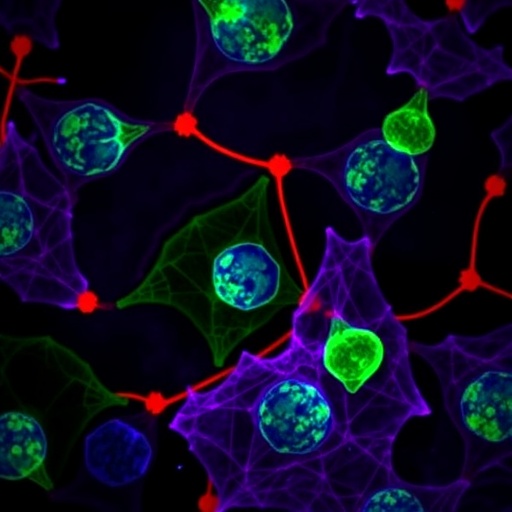A type of bacteria accidentally discovered during research supported by the Engineering and Physical Sciences Research Council (EPSRC) could fundamentally re-shape efforts to cut the huge amount of electricity consumed during wastewater clean-up.
The discovery has upended a century of conventional thinking. The microorganisms -'comammox' (complete ammonia oxidising) bacteria – can completely turn ammonia into nitrates. Traditionally, this vital step in removing nitrogen from wastewater has involved using two different microorganisms in a two-step approach: ammonia is oxidised into nitrites that are then oxidised into nitrates, which are turned into nitrogen gas and flared off harmlessly.
The outcome could be a big rethink regarding the energy-saving innovations developed over the last two to three decades in the field of nitrogen removal. Wastewater treatment is a huge consumer of electricity, accounting for 2-3 per cent of all power usage in western countries, and no less than 30 per cent of its energy bill results from the need to remove nitrogen. Most of the sector's efforts to reduce its energy use have focused on the two-microorganism approach.
The discovery was made by scientists working on the EPSRC-funded Healthy Drinking Water project, which is being led by the University of Glasgow and is due to publish its core findings later this year.
Dr Ameet Pinto has led the team, which has worked in collaboration with the University of Michigan in the US. He says: "This discovery took us completely by surprise. It's a superb example of how EPSRC support provides a secure platform for a can-do environment enabling researchers to achieve important spin-off breakthroughs in addition to the primary goals of their research".
Comammox was found in a drinking water system in the US. Other research groups have also detected it in wastewater treatment plants, in groundwater and even in aquaculture systems.
Dr Pinto says: "The discovery of a single microorganism capable of full nitrification will have a significant impact on our understanding of the nitrogen cycle and on efforts to manage nitrogen pollution. The potential is there for the wastewater treatment sector to exploit this breakthrough, which other teams in Europe have made in parallel with us.
"That would be an important step towards informing the development of robust approaches in terms of cutting costs and reducing carbon emissions associated with generating the huge amounts of electricity that the sector uses. It's a great story to highlight on World Water Day."
###
For media enquiries contact:
Dr Ameet Pinto, now at Northeastern University, Boston, Massachusetts, USA, tel: 001 617 373 5241, or e-mail: [email protected];
Or the EPSRC Press Office, tel: 01793 444404, or e-mail: [email protected]
Notes for Editors:
The 2-year Healthy Drinking Water project, which began in March 2015, is receiving a total of around £250,000 in EPSRC funding.
Engineering and Physical Sciences Research Council (EPSRC): As the main funding agency for engineering and physical sciences research, our vision is for the UK to be the best place in the world to Research, Discover and Innovate. By investing £800 million a year in research and postgraduate training, we are building the knowledge and skills base needed to address the scientific and technological challenges facing the nation. Our portfolio covers a vast range of fields from healthcare technologies to structural engineering, manufacturing to mathematics, advanced materials to chemistry. The research we fund has impact across all sectors. It provides a platform for future economic development in the UK and improvements for everyone's health, lifestyle and culture. We work collectively with our partners and other Research Councils on issues of common concern via Research Councils UK.
The University of Glasgow is the fourth oldest university in the English-speaking world and today is in the top 1% of the world's universities. With more than 25,000 undergraduate and postgraduate students, it is ranked 63rd in the world and was the first UK university to be rated as 5 Stars Plus overall. (QS World University Rankings 2016).
Media Contact
EPSRC Press Office
[email protected]
01-793-444-404
http://www.epsrc.ac.uk
############
Story Source: Materials provided by Scienmag




